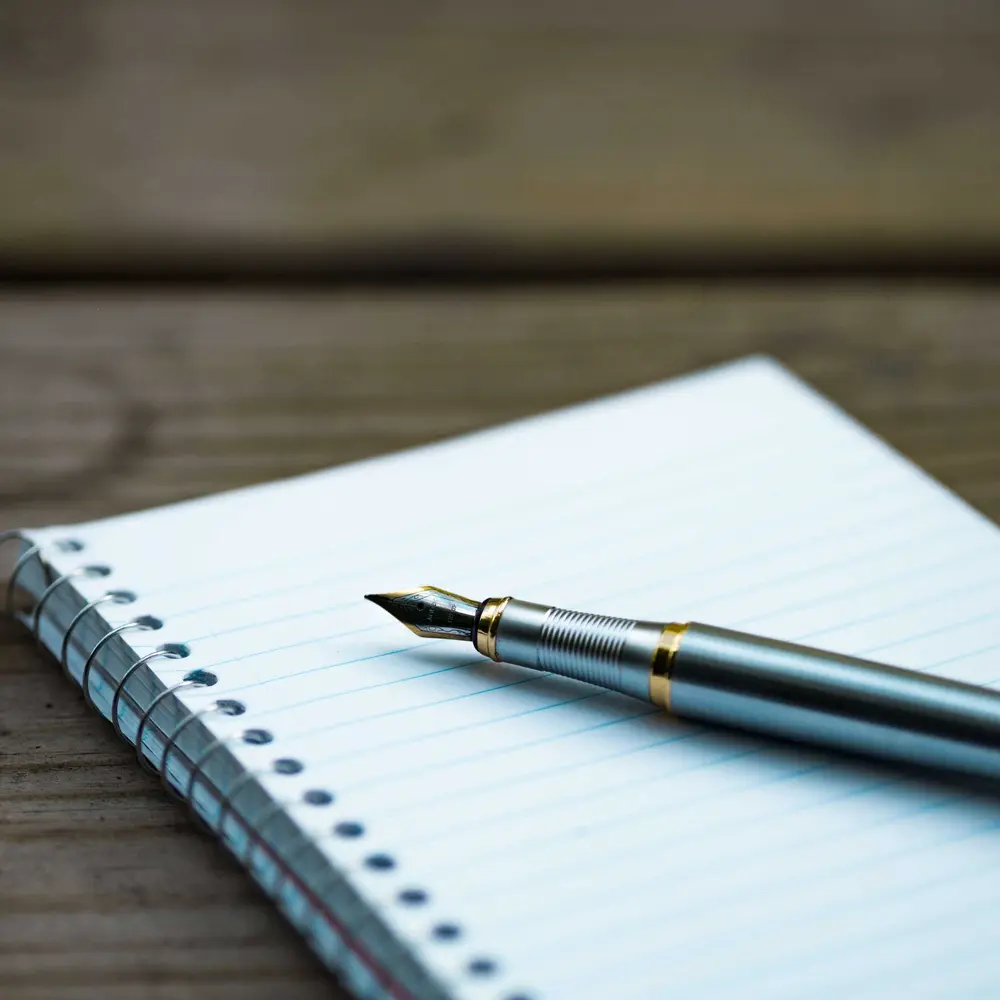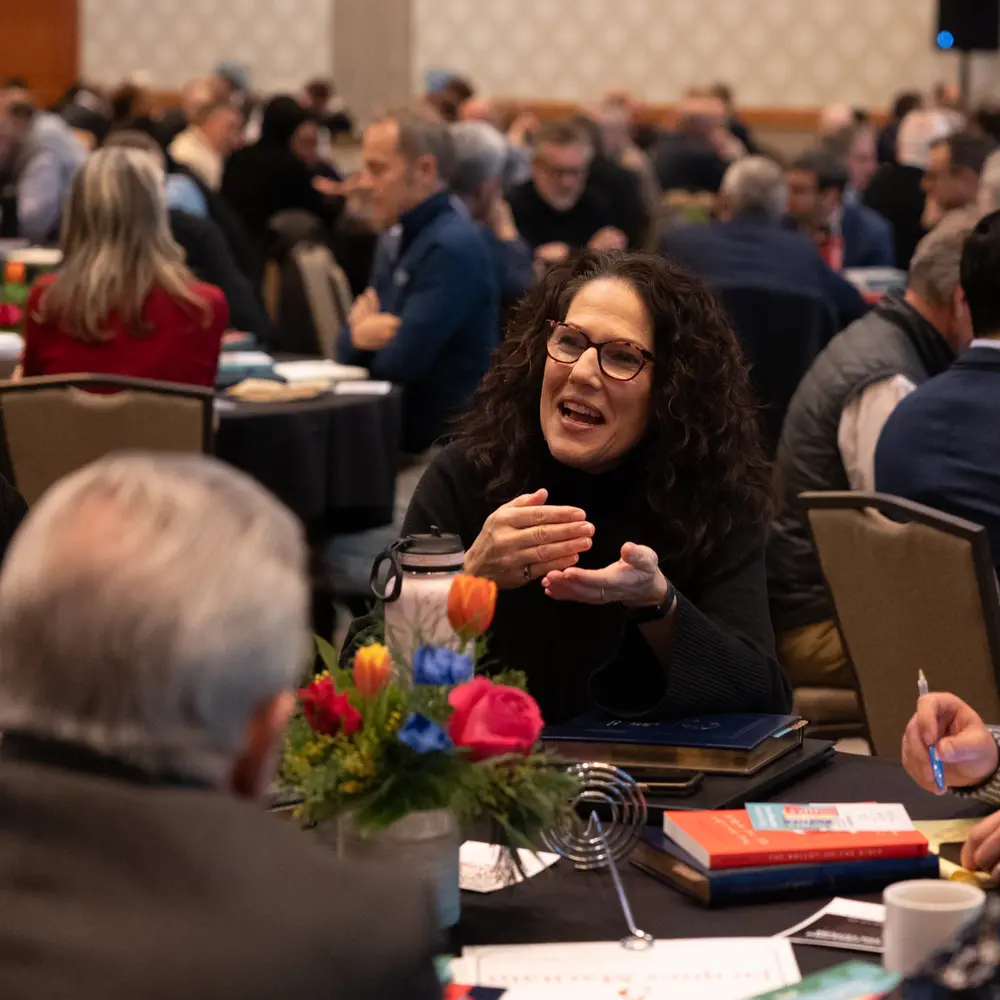General #
- Authors must put up their posters on the assigned spaces. Do not randomly put up your poster.
- Authors should be able to put up their posters on Thursday night and Friday morning. Thumbtacks will be provided.
- Authors must stay with their posters during the entire duration of their session.
- Please allow room for participants and judges to see your poster and avoid having groups linger in front of your poster.
- Authors should take down their posters at the close of the final poster session.
Preparing Your Posters #
- Allow ample time to prepare your poster.
- The poster dimensions should be approximately 3.5 feet wide x 3-4.5 feet high. The width should not exceed 3.5 feet to prevent overlapping with adjacent posters, as two posters will be displayed per board. Height can be more flexible within the 3-4.5 feet range.
Text #
- All posters should feature a title, your name, the name of the institution where the research was performed, and should credit other contributors, as appropriate.
- Use a crisp, clean design. All lettering should be legible from about 5 feet (1.5 m) away. Title lettering should be about 2″ to 3″ (5 to 7.5 cm). Subheading lettering should be 1/2″ to 1″ high (1.25 to 2.5 cm). Text lettering should be approximately 24 points (1/4″ or 0.625 cm).
- Make illustrations simple and bold, with captions at least 3/8″ high. Enlarge photos, tables, and charts to show pertinent details clearly.
- Do not tell the entire research history. Present only enough data to support your conclusions and show the originality of the work. The best posters display a succinct statement of major conclusions at the beginning, followed by supporting text and a brief summary at the end.
- Displayed materials should be self-explanatory, freeing you for discussion.
- Utilize other techniques to improve the graphic impact. Use color to add emphasis and clarity. Simplicity, ease of reading, etc., are more important than artistic flair. Keep in mind that lighting may be dim inside large poster sessions, so make sure your contrasts and color combinations are easy to read.
- You may want to bring handouts of your abstract or copies of your data and conclusions to share with interested viewers. Some authors also provide sign-up sheets to record names and addresses of attendees who might wish more information, reprints, etc.







